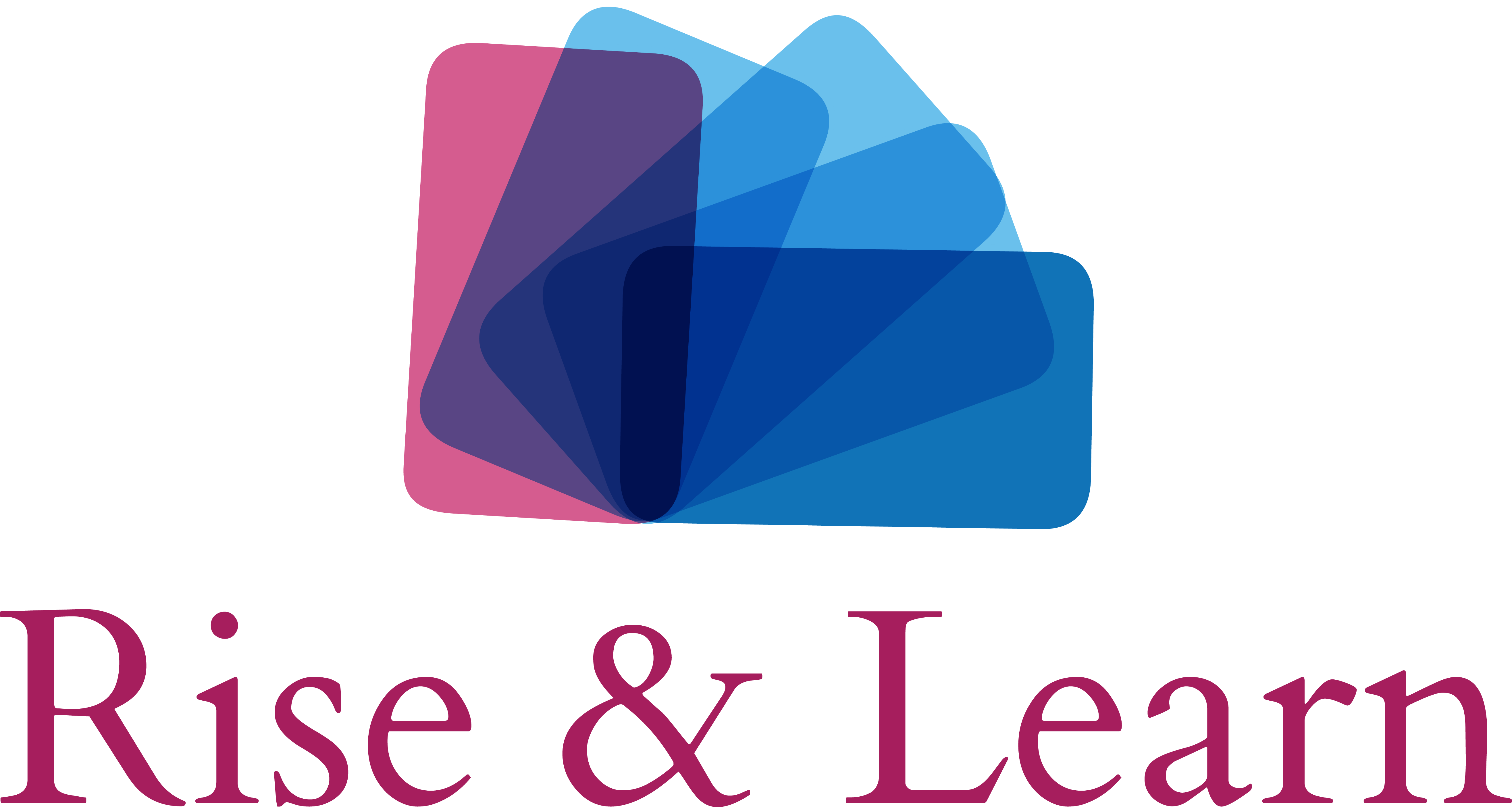Understanding and Raising Analytics Maturity
Organizations increasingly rely on data and analytics to operate, improve, and compete. In today’s fast-paced analytics environment, you can’t grow analytics capabilities without understanding your current capabilities through an analytics maturity assessment.
In this course, you’ll learn about an industry standard methodology for assessing the key elements of your organization’s analytics capability, and techniques for raising analytics maturity individually and collectively.
This course was developed with subject matter provided by the International Institute for Analytics. (www.iianalytics.com)
40 Minutes
- Recognize the value of an analytics maturity assessment
- Identify the seven elements of the DELTTAA framework
- Distinguish between the five stages of analytical maturity
- Recognize analytics maturity indicators
- Identify best practices for developing an analytics maturity roadmap
- Knowledge Check: Supporting Analytical Maturity
Analytics by Function
Understanding analytics across a variety of functions enables you to be more creative and pragmatic in applying analytics in your own function and enterprise.
In this course, you’ll learn about the benefits of analytics, and effective applications of analytics and big data in marketing, sales, customer service, manufacturing and supply chain, and human resources functions.
This course was developed with subject matter provided by the International Institute for Analytics. (www.iianalytics.com)
0.6 Hours
- Recognize the value of applying analytics in common business functions
- Distinguish between the four spheres of marketing
- Recognize effective sales function analytics
- Identify effective applications of data analytics in customer service activities
- Identify effective applications of predictive and big data analytics in manufacturing and supply chain activities
- Identify effective applications of analytics in human resource functions
- Knowledge Check: Using Analytics Across Business Functions
Basic Analytical Methods
A fundamental understanding of statistical analysis methods increases your ability to effectively communicate with data analyst professionals so you can better employ analytics associated with your work.
In this course, you’ll learn fundamental concepts in distribution, deviation, correlation, regression, and clustering statistical analysis methods.
This course was developed with subject matter provided by the International Institute for Analytics. (www.iianalytics.com)
50 Minutes
- Distinguish between the three measures of central tendency
- Recognize ways deviation can be indicated
- Recognize the different types of data correlation
- Distinguish between regression types
- Identify the key goals of effective clustering
- Knowledge Check: Understanding Effective Statistical Analysis Methods
Data Literacy for Business Professionals
As industries, enterprises, and jobs become more data-intensive, data literacy is critical to effectively “talk data” with business colleagues and data and analytics professionals who support you in your work.
This course covers fundamental concepts in data management, data quality, data privacy and protection, and data governance.
This course was developed with subject matter provided by the International Institute for Analytics. (www.iianalytics.com)
50 Minutes
- Distinguish between structured and unstructured data
- Sequence the stages of the data lifecycle
- Identify the key attributes of data quality
- Recognize best practices for effectively protecting data
- Recognize key attributes of effective data governance
- Knowledge Check: Gaining Data Literacy
Analytics Literacy for Business Professionals
Enterprises increasingly rely on analytics for effective decision-making, optimization, and innovation, resulting in an increased demand for an analytically literate workforce. This course covers the benefits of building your analytics literacy, as well as techniques for doing so.
This course also covers some common analytics pitfalls, and best practices for supporting effective analytics practices in your organization.
This course was developed with subject matter provided by the International Institute for Analytics. (www.iianalytics.com)
50 Minutes
- Recognize the benefits of building your analytics literacy
- Distinguish between types of analytics
- Sequence the four steps in the analytics development process
- Identify the stages of business analytics application advancement
- Recognize the most common mistakes in using analytics
- Recognize best practices for establishing and supporting an analytical organizational culture
- Knowledge Check: Building Analytics Literacy
Working with Analysts
Applying analytics to solve business problems and realize business opportunities requires a creative blend of business and technical knowledge, skill, and experience. This course covers key roles, responsibilities, and structures in analytics projects.
This course also covers the key subject matter expert activities performed throughout the business analytics development process.
This course was developed with subject matter provided by the International Institute for Analytics. (www.iianalytics.com)
50 Minutes
- Recognize the role of business subject matter experts in analytics development projects
- Distinguish between common analytics project team member roles
- Recognize common organizational structures for analytics project teams
- Recognize the key characteristics of an Agile approach in analytics development projects
- Identify the key SME activities throughout a business analytics project
- Knowledge Check: Understanding Business Analytics Project Team Roles and Structures
Data and Analytics Technologies at Work
Companies increasingly rely on data and analytics to operate, improve, and compete, and it’s critically important for business users to understand the technology categories that their organizations rely on to deliver analytics.
This course covers the most common technologies in use today for delivering data and analytics, as well as the main options in technology selection and architecture.
This course was developed with subject matter provided by the International Institute for Analytics. ([http://www.iianalytics.com)]www.iianalytics.com).
40 Minutes
- Distinguish between the three common types of databases used in business information and analytics
- Recognize common types of analytics software technologies
- Recognize the benefits of using data visualization technology effectively
- Recognize the key trends in analytics technology
- Knowledge Check: Understanding Data Analytics Technologies
Framing Opportunities for Effective Data-driven Decision Making
With current advances in technology, robots are no longer science fiction. They might well be your coworkers! Robots, whether physical or RPA (robotic process automation) software, are fast becoming an integral part of the workplace. Robots and employees need to work well together to succeed.
In this course, you’ll learn about the characteristics of both physical and software robots. You’ll explore how to distinguish between them and how they are being integrated in the workplace. You’ll also learn best practices for implementing and managing robots.
And you’ll learn the considerations for using physical robots and software robots in the workplace and how to optimize the human-robot relationship.
40 Minutes
- Identify the steps you take to ensure your decision making is data driven
- Identify the right questions to ask to narrow down the problem
- Recognize the steps for testing and validating assumptions
- Identify the steps to create an initial problem statement
- Recognize the key activities for refining and finalizing problem statements
- Knowledge Check: Taking Action to Frame Opportunities for Effective
- Data-driven Decision Making
Working with Data for Effective Decision Making
High-performing enterprises employ purpose-based data sourcing to effectively address well-framed business opportunities.
In this course you’ll learn how to identify, scope, and validate data for effective decision making.
This course was developed with subject matter provided by the International Institute for Analytics. (www.iianalytics.com)
40 Minutes
- Distinguish between common data categories
- Recognize best practices for identifying key data needs
- Recognize data sets that may be obtained from each data location
- Distinguish between scoping and validating data evaluation criteria
- Recognize the key data standards considerations you should make
- Knowledge Check: Streamlining Data for Effective Decision Making
Guiding the Analysis for Effective Data-driven Decision Making
Selecting an appropriate analysis method to best address the business opportunity and solve your identified problem is critical to effective data-driven decision making.
In this course, you’ll learn about analytics categories, business intelligence, selecting an appropriate analytical method, and evaluating and refining your analysis.
This course was developed with subject matter provided by the International Institute for Analytics. (www.iianalytics.com)
40 Minutes
- Distinguish between reporting and analysis
- Recognize the four common analytics categories
- Identify the four business intelligence classes
- Identify questions to ask to determine an appropriate analysis type
- Recognize the attributes you want to test for in your analysis results
- Knowledge Check: Conducting an Analysis
Motivating Action with a Compelling and Data-driven Story
The right story narrative can persuade and enable company leadership to make smart, informed and intentional decisions about their business.
In this course, you’ll learn how to build a compelling, data-driven story that adequately answers the framed problem, and motivates action among key stakeholders.
This course was developed with subject matter provided by the International Institute for Analytics. (www.iianalytics.com)
40 Minutes
- Identify the key elements of an empathy map
- Recognize the key components of a compelling story
- Identify the questions you use to define your call to action for your stakeholders
- Identify key questions you answer to create an effective storyboard
- Recognize the outcome questions you use to evaluate your storyboard for effectiveness
- Knowledge Check: Building a Compelling Story to Drive Action
- Expertise Level
Preparing Impactful Presentations that Drive Decision Makers to Action
Just as some people prefer paper to electronic books, different people prefer different presentation approaches.
In this course you’ll learn how to identify and develop effective and suitable presentation materials to communicate your intended message and drive business action. This course was developed with subject matter provided by the International Institute for Analytics. (www.iianalytics.com)
Duration
30 Minutes
- Recognize the different output types you can use to present various levels of detail
- Recognize best practices for determining what to include in your presentation
- Identify key characteristics of effective labeling in presentations
- Identify the types of repetition you should use in presentations
- Recognize the key characteristics of relatable presentation material
- Knowledge Check: Preparing High Impact Presentations
Preparing and Implementing a Business Plan
Delivering a powerful message requires the message to be succinct, clear, and compelling. Even if a presentation looks great, has all the facts right, and is based on a lot of solid work, it isn’t enough.
In this course, you will learn about best practices to ensure your message is effectively positioned for your target audience to enable action.
This course was developed with subject matter provided by the International Institute for Analytics. (www.iianalytics.com)
30 Minutes
- Identify best practices for focusing your presentation to enable effective delivery to your audience
- Recognize best practices for adapting your presentation to suit your target audience
- Distinguish between the three key roles you play to position your analytics efforts for success
- Identify the key components of an effective analysis story that enable a call to action
- Recognize key ways you can mitigate risk to your analytics efforts
- Knowledge Check: Enabling Results through Effective Positioning
Data Analytics for Managers
As data and analytics move ever closer to the core of enterprises, it’s the contemporary manager’s responsibility to both to set an example and to exert their influence to improve business performance and capability through data and analytics.
This course covers best practices for encouraging analytics in everyday work, and enabling data and analytics-driven behaviors within the organizational environment. This course also covers key data and analytics project roles.
This course was developed with subject matter provided by the International Institute for Analytics. (www.iianalytics.com).
40 Minutes
- Distinguish between the three core analytical methods
- Identify best practices for effectively using and encouraging data and analytics in everyday work
- Distinguish between data and analytics project roles
- Recognize best practices for enabling data and analytics-driven behaviors
- Knowledge Check: Building Analytics Capabilities
Data and Analytics for Senior Managers
Effective leadership is the most important ingredient for successfully capitalizing on data and analytics. This course covers key concepts for analytical senior managers such as the Delta framework, analytical scorecards, and effectively overcoming data and analytics challenges.
This course also provides some key techniques for advancing analytical capabilities across the organization. This course was developed with subject matter provided by the International Institute for Analytics. (www.iianalytics.com)
40 Minutes
- Distinguish between the seven Delta framework elements
- Identify the characteristics of effective analytical scorecards
- Recognize best practices for overcoming common data and analysis challenges
- Identify techniques for advancing analytical capabilities in your organization
- Knowledge Check: Managing Data and Analytics Across the Organization








